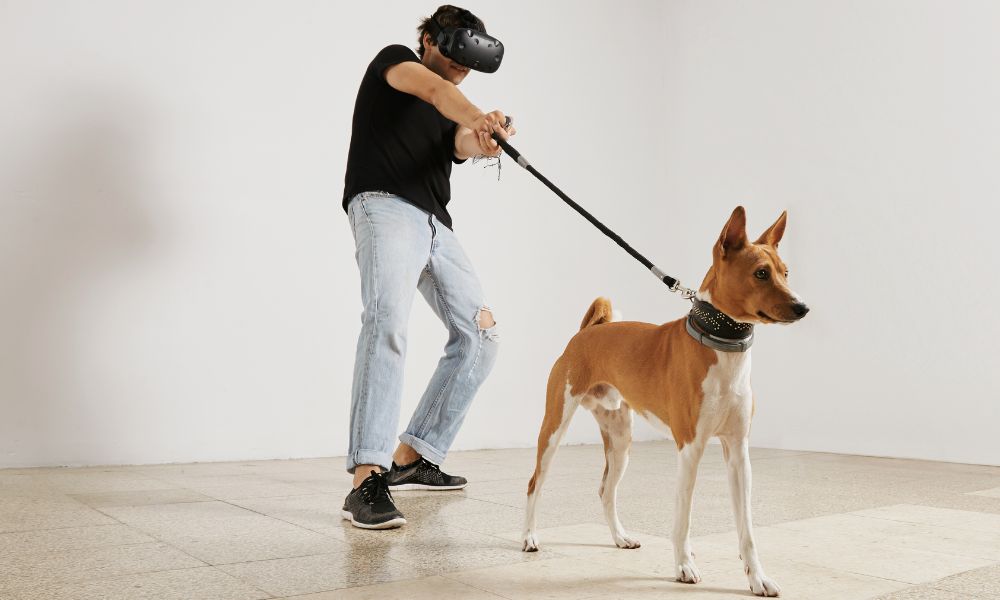The German smartwatch market is experiencing a remarkable surge, fueled by the rapid integration of artificial intelligence into consumer wearables. With sales climbing and smart features becoming more intuitive, the market is transforming quickly, ushering in a new era of tech-savvy wellness tools for everyday life.

This surge isn’t limited to wrist gadgets; German wearable technology as a whole is riding the AI wave. Anchored in advanced sensors, smarter analytics, and deeper interconnectivity, wearables are shifting from fitness trackers to powerful health companions, while even pets are getting in on the action through pet wearable devices.
AI Is Powering the Smartwatch Revolution
At a projected €2.57 billion in turnover for 2024, wearables are becoming one of the most dominant segments in consumer technology. This surge is largely driven by the German smartwatch market, which has already surpassed 13 million units sold. These devices no longer just count steps; they now analyze sleep quality, detect heart rate anomalies, and adapt to your health data in real time.
Artificial intelligence is the game-changer. Predictive health alerts, voice-activated controls, personalized fitness coaching, and on-device learning are fast becoming standard features. The modern smartwatch is evolving from a basic fitness tracker to a smart, proactive health tool.
Beyond the Wrist: The Broader Wearables Market
The German wearable technology sector is expanding far beyond smartwatches. Smart glasses, connected clothing, and wearable medical patches are gaining traction in both fitness and healthcare markets. The total wearable market in Germany was valued at over USD 7.85 billion in 2024 and is expected to more than double by the end of the decade.
Wearable medical devices are especially promising. With the rise of remote diagnostics, chronic disease monitoring, and AI-assisted health assessments, these devices are redefining what healthcare at home looks like. AI integration is allowing wearables to not just collect data, but also interpret it, making them valuable tools for early diagnosis and real-time feedback.
Smartwatches and Smart Pets: A Growing Trend
While smartwatch sales in Germany continue to rise, another interesting development is happening: the growth of the pet wearable market. Devices such as smart collars now help monitor pets’ activity levels, heart rate, and even their GPS location. Some advanced models can detect abnormal behavior, alerting owners before issues escalate.
On the human side, smartwatches are offering more than fitness tracking. They now come equipped with features like ECG monitoring, blood oxygen sensors, and stress detection, all enhanced by AI. Consumers are increasingly willing to invest in devices that offer real-time health insights and personalized coaching, driving a notable increase in wearables sales in Germany.
What This Means for Consumers and the Industry
- For consumers, wearables are becoming essential lifestyle tools. With AI doing the heavy lifting behind the scenes, users get smarter, faster, and more accurate insights into their well-being, whether it’s a daily health update or a fitness goal reminder.
- For brands, the competitive edge lies in smarter software and better user experience. As the German smartwatch market grows more crowded, innovation will be driven by software performance, device design, and integration with healthcare systems.
- For the industry, the future looks very promising. Germany is at the forefront of wearable adoption in Europe, with strong tech infrastructure, a health-conscious population, and growing interest in AI-driven consumer electronics. From hospitals to homes, the applications are only expanding.
Smart, Smarter, Smartwatch
The German smartwatch market is thriving, and it’s just the beginning. As AI transforms wearable devices into personalized health companions, consumers are embracing their potential not only for fitness but for holistic health monitoring. Add to that the growth of the pet wearable market, and it’s clear that smart technology is no longer just about humans; it’s about improving life at every level.


No Comments